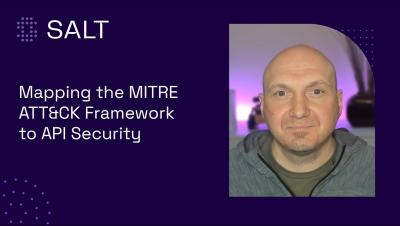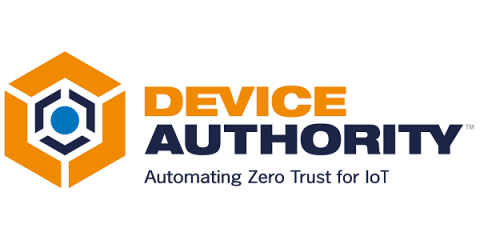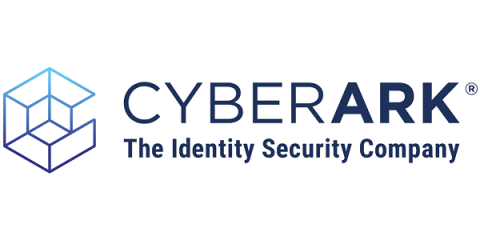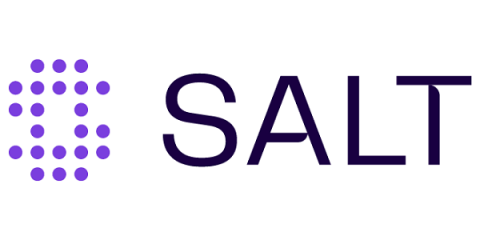Security | Threat Detection | Cyberattacks | DevSecOps | Compliance
Technology
Embracing Zero Trust for API Security
STIGs, FIPS, ZT, and API Security
The United States has been a leader in information technology for decades, and the U.S. government has been a major driver in that arena from the start. Considering the sensitivity of data shared between agencies, as well as how lucrative that data is to cybercriminals, the government realized early on that it needed strong security standards to protect itself from malicious actors.
Real-time co-editing on desktop using native Google Workspace tools
With deep integrations into Google Workspace, Egnyte enables users to streamline the document creation process by delivering a seamless experience to create, co-edit and share documents directly from within the Egnyte Desktop App and Web UI. By using Egnyte as the document source, files are also protected from internal misuse and external threats, ensuring that users can collaborate with confidence, without concerns of exposing sensitive data.
Mapping the MITRE ATT&CK Framework to API Security
What is Certificate Management? Definitions and Benefits to Securing the IoT
In today’s digital age, online security has become a major concern for businesses of all sizes. With the increasing number of cyber-attacks and data breaches, it is crucial that organizations take measures to protect their sensitive information from falling into the wrong hands. This is where SSL/TLS certificates come in handy as they provide encryption and authentication to ensure secure communication between servers and clients.
AI, ChatGPT and Identity Security's Critical Human Element
In 1999, a far-fetched movie about a dystopia run by intelligent machines captured our imaginations (and to this day, remains my favorite film). Twenty-four years later, the line between fact and fiction has all but vanished and the blockbuster hits much differently. Are we entering the Matrix? Are we already in it? Can anyone be sure?
Is Your AI Fast Enough?
What Is IoT Device Management? Definition, Key Features and Benefits
IoT Device Management (IDM) is a software platform that helps businesses manage their IoT devices, from identifying and tracking assets to automating operations. IDM features a wide range of features to help businesses manage their IoT devices. IoT device management platforms allow you to remotely control, monitor and update your entire fleet of IoT devices at scale.
3 Ways AI Transforms Security
Security AI usage has surged, and enterprises are reaping the benefits. In its 2022 Cost of a Data Breach Report, IBM found that organizations deploying security AI and automation incurred $3.05 million less on average in breach costs – the biggest cost saver found in the study. According to the study, organizations using security AI and automation detected and contained breaches faster. However, while leveraging AI clearly makes a difference, organizations must implement the right architecture.










